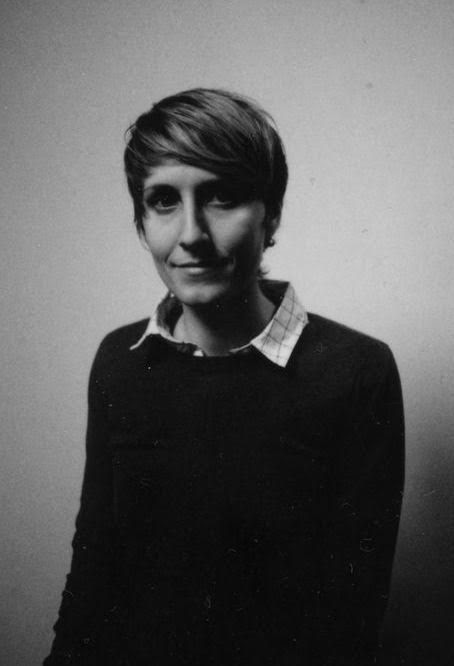"Media and the Materiality of Temperature"
The most influential messages of the twenty-first century will be sent not through images or texts, but through heat and cold. People will be turned around at borders not only by signs, but by air-conditioners that withdraw feeling from their fingertips. Militaries will shoot heat-rays at target populations. Overheated prisons will communicate to some people that they are less than human. Others will learn that climate change is their own problem to deal with, a discomfort to be overcome with a digital app. Their body heat will be used as a means of tracking. Temperature differences, read by satellites, will indicate sites for mineral extraction more effectively than they predict the coming weather. Almost all of the internet’s content will be transcoded into infrared waves and sent down the fibers of optical cables. As temperature volatility increases, thermal media—thermostats, heating and cooling systems, architectures, and infrared cameras—will carry the promise of stabilization and social control.
Nicole Starosielski is Associate Professor of Media, Culture and Communication in the NYU Steinhardt School of Culture, Education and Human Development. Her research focuses on the global distribution of digital media, and the relationship between technology, society, and the aquatic environment. Her book, The Undersea Network, examines the cultural and environmental dimensions of transoceanic cable systems, beginning with the telegraph cables that formed the first global communications network and extending to the fiber-optic infrastructure that carries almost international Internet traffic. Starosielski has published essays on how Fiji’s video stores serve as a nexus of digital media access (Media Fields Journal), on Guam’s critical role in transpacific digital exchange (Amerasia), on the cultural imbrications of cable systems in Hawaii and California (Journal of Visual Culture), and photo essays on undersea cables (Octopus and Media-N).


